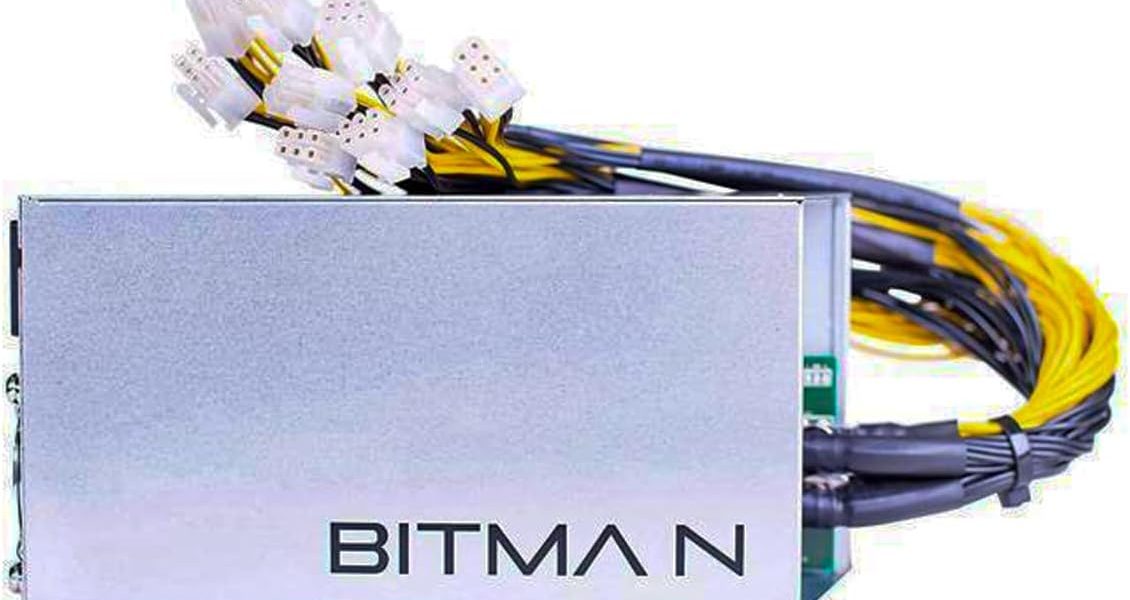Setting up a Bitmain Antminer for cryptocurrency mining can be a rewarding yet intricate process. In this comprehensive guide, we walk you through the essential steps to help you navigate the Bitmain Antminer setup, ensuring a smooth and efficient mining experience.
Step 1: Acquiring Your Bitmain Antminer
Before diving into the setup process, you need to acquire a Bitmain Antminer that aligns with your mining goals. Consider factors such as hash rate, energy efficiency, and the specific cryptocurrency you intend to mine. Once you’ve selected the right model, proceed with the purchase from a reputable source.
Step 2: Unboxing and Inspection
Upon receiving your Bitmain Antminer, carefully unbox the device and inspect it for any shipping-related damages. Ensure that all included components, such as power cords and manuals, are present. Familiarize yourself with the layout of the Antminer, identifying key components like the control board, hashing boards, and power supply units.
Step 3: Connecting Power and Network
- Power Supply Connection: Connect the power supply unit to the Antminer, ensuring that you use the correct voltage settings. Bitmain Antminers typically come with a built-in power supply, but external power supplies may be required for certain models.
- Network Connection: Connect an Ethernet cable from your router to the Ethernet port on the Antminer. This establishes a stable network connection, allowing the device to communicate with the mining pool and blockchain.
Step 4: Accessing the Antminer Interface
- Locate IP Address: Use your router’s interface or a network scanning tool to identify the IP address assigned to the Antminer on your local network.
- Access Web Interface: Open a web browser and enter the Antminer’s IP address. This will take you to the Antminer’s web interface, where you can monitor performance, adjust settings, and configure mining parameters.
Step 5: Configuring Mining Settings
- Select Mining Pool: Choose a mining pool that aligns with your preferences. Enter the pool’s details, including the pool URL and your mining account information, in the Antminer’s configuration settings.
- Adjust Mining Parameters: Depending on your mining goals, you may need to adjust parameters such as mining intensity, fan speed, and overclocking settings. Refer to the Antminer’s user manual for guidance on optimal configurations.
Step 6: Monitor Performance and Fine-Tune
Once your Bitmain Antminer is configured and mining, monitor its performance through the web interface. Keep an eye on hash rates, temperatures, and other relevant metrics. Fine-tune settings as needed to optimize performance and efficiency.
Step 7: Troubleshooting and Maintenance
In the event of issues or disruptions, refer to the troubleshooting section of the Antminer’s user manual. Common issues may include connectivity issues, temperature spikes, or hardware errors. Regular maintenance, including cleaning dust from fans and ensuring proper ventilation, contributes to the longevity of your Antminer.
In conclusion, navigating the Bitmain Antminer setup requires attention to detail and a systematic approach. By following these steps, you can set up your Antminer efficiently and embark on your cryptocurrency mining journey with confidence. As technology evolves, staying informed about firmware updates and best practices ensures that your Bitmain Antminer remains a reliable and high-performing asset in the world of cryptocurrency mining.




